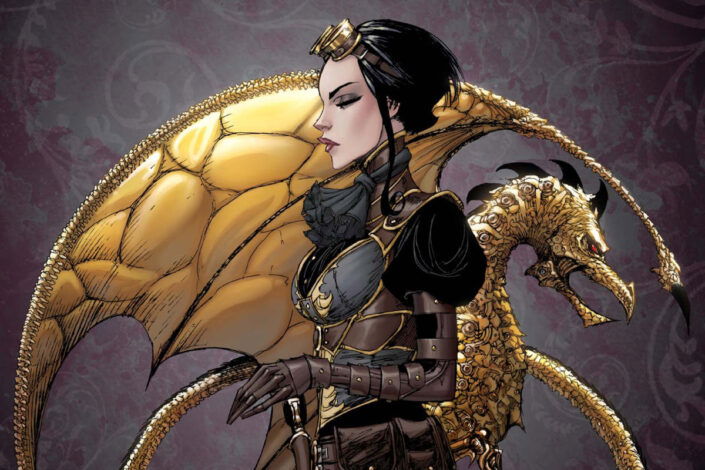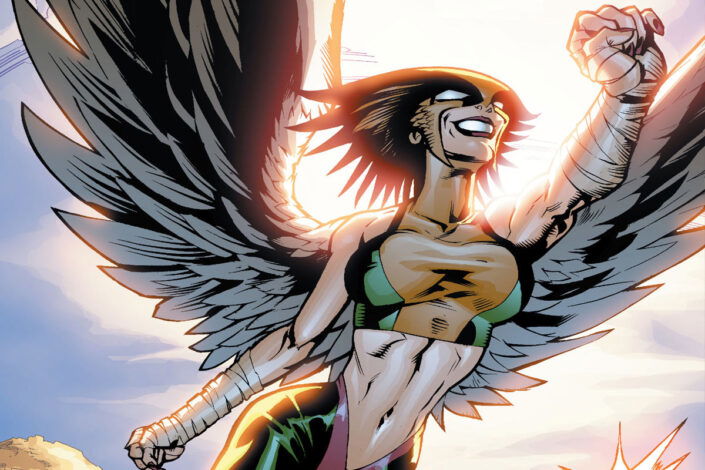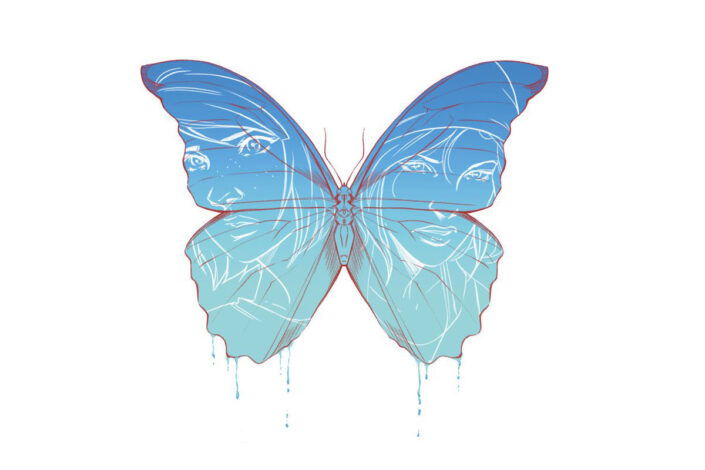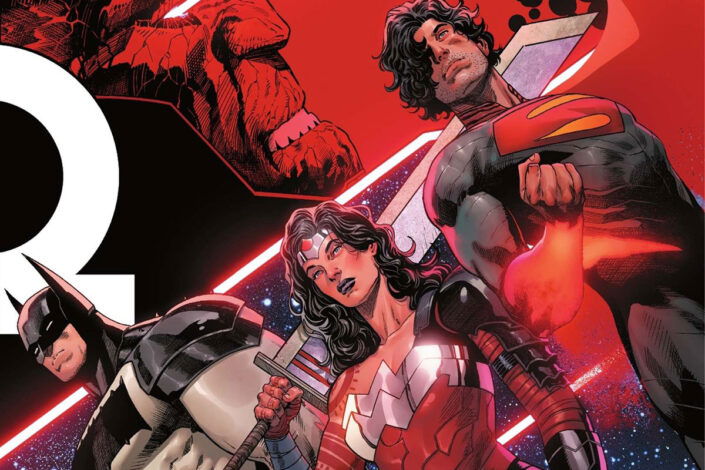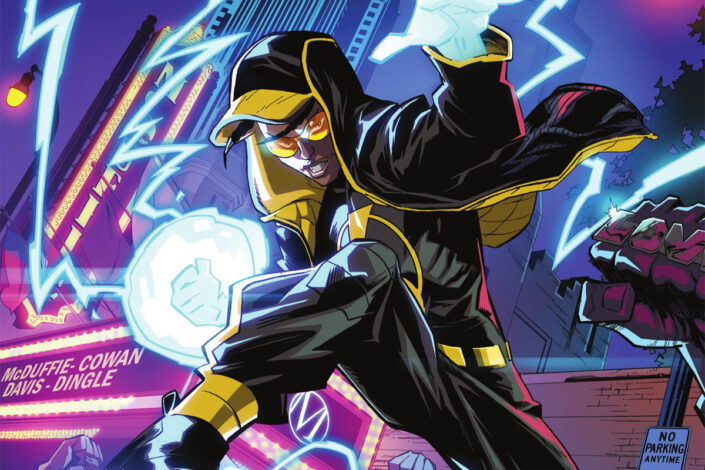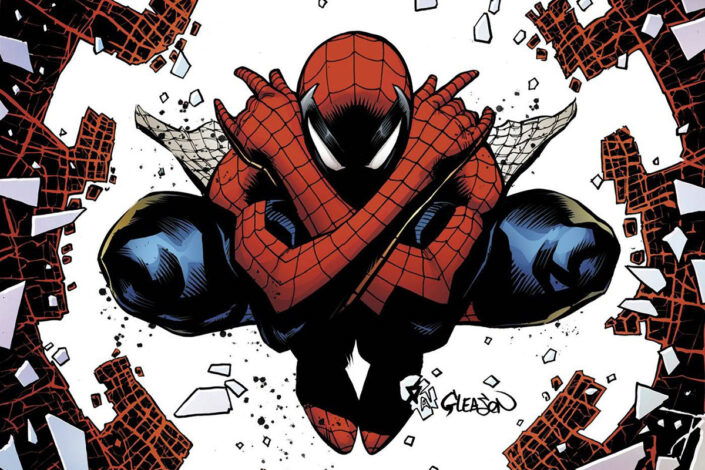Lady Mechanika Reading Order, A Guide to Joe Benitez’s Steampunk Comics
Created by comic artist Joe Benitez, Lady Mechanika is a steampunk-inspired comic book series that debuted in 2010 with the one-shot Lady Mechanika #0 (later subtitled “The Demon of Satan’s Alley“). Originally published by Aspen Comics, then later under Benitez Productions, the series is composed of multiple miniseries.
Set in a steampunk world full of advanced Victorian-era technology, alchemy, and supernatural elements, the Lady Mechanika comic book series follows the adventures of a woman with mechanical limbs who has no memory of her past. Lady Mechanika is a detective and adventurer who is using her skills to uncover mysteries, battle villains, face off against shadowy organizations, and piece together the story of her origins.
Called by the tabloids “Lady Mechanika,” she’s the only survivor of a mad scientist’s cruel experiments that gave her mechanical limbs. With no memory of her past or captivity, she started a new life as an adventurer and private investigator, solving cases others couldn’t or wouldn’t. Still, she never gave up searching for the truth about her past.
With the help of Mr. Lewis, her loyal engineer who assists her with gadgets and technology, and later the young Winifred “Winnie” Huxley, Lady Mechanika navigates a world rich with clockwork automatons, airships, and a blend of science and magic. Read More »Lady Mechanika Reading Order, A Guide to Joe Benitez’s Steampunk Comics
